Vango Banshee 200 long-term review: A cult classic that’s popular for a reason
Easy to set up, durable and remarkably affordable for the performance it delivers, the Vango Banshee 200 is a cracking little all-rounder that’s popular for some very simple reasons.
Vango Banshee 200
Ideal for: Backpacking, wildcamping, campsite camping
Not suitable for: fastpacking, bikepacking, UL adventures
The Vango Banshee 200 is one of the most popular tents in the UK wildcamping scene. Solid, roomy and reasonably priced, it’s a good option for infrequent campers, DofE participants and anyone looking for a decent tent at a good price — as long as you’re content carrying a little extra weight in your pack.
The Good
Solid all-round performance
Very easy to pitch
The inner and outer are attached
Roomy vestibule
The Bad
Quite heavy
Relatively large packsize
Vango Banshee 200 long-term review
The Vango Banshee 200 is one of the most popular tents amongst UK wildcampers. Striking an excellent balance between weight, price and utility, it's long been heralded as one of the best all-rounders out there, with thousands of wildcampers up and down the country swearing by the humble Banshee.
Come camping with us
Join our guided wild camping adventures across the UK — the perfect way to try your first wild camp, pick up new skills, and try top gear included as standard. Ready for your next big adventure?
The tent's design strikes a perfect balance between weight and functionality. While not the lightest tent on the market, it offers a robust build at a very affordable price point. This makes it an ideal choice for budget-conscious adventurers who do not want to compromise on quality. Its performance in harsh conditions, particularly in wet and windy British weather, is also nothing short of impressive — especially at the Banshee's sub-£200 price point. It handles heavy rain and strong winds with ease, thanks to its sturdy build and thoughtful design.
For these reasons, several GBAC members have used a Banshee for the best part of a decade. Our humble sample, which remains a standout member of the GBAC kit shelf, has been pitched and punished in every corner of the UK. It's faced galeforce winds in the Lakes, driving rain on Dartmoor, and sunbaked summits in the Brecon Beacons — and all in we'd guess that we've spent something like a combined 200 nights in a Banshee since we first got our hands on one. So, what do we think after all this time?
Our experience using the Vango Banshee over the years
We first got our hands on a Vango Banshee in around 2016 — long before the Covid years turned this tent into a household staple (in our circles at least). We were after a solid all-rounder for a reasonable price and, at the time, there were few options on the market as affordable as the Banshee. Since then, we've camped in it hundreds of times on dozens of adventures up and down the UK. We've used it in all weather and in all seasons, including several nights in heavy snow where the temperature dropped down to around -10 degrees Celsius. All that's to say that we consider ourselves pretty qualified Banshee owners by now.
Design and construction
The first thing we particularly appreciate about the Vango Banshee 200 is its design, which is a testament to thoughtful engineering. This is especially evident in its Tension Band System. This innovative feature significantly enhances stability by preventing the mid-pole from swaying in changing winds. The placement of guy lines is also strategic, effectively minimising tent movement, which has been crucial during high winds and snow. The overall structure, from the aerodynamic shape to the dual-pole system, makes it not only functional but also visually appealing which, despite being one of the least important things when camping in the middle of nowhere, has made for some great photos over the years.
Material quality
The material choice in the Vango Banshee 200 strikes a balance between durability and cost-efficiency. The use of 190T Ripstop Polyester for the flysheet, while not the lightest, offers a robust 5000mm hydrostatic head rating. This means it can withstand a significant amount of water before any risk of penetration, a feature that has kept us dry during numerous downpours. Although there are tents with higher ratings, the Banshee provides substantial protection relative to its price point, and we’ve never seen any leaking or water ingress in ours in the 8 years we’ve been using it.
Durability
Over the years, the durability of the Vango Banshee 200 has been thoroughly tested. It has weathered multiple seasons from harsh winter squalls to more temperate outings without significant wear and tear. The ProTex RS Flysheet and fully taped seams have contributed to its longevity, ensuring that we stay dry and sheltered regardless of the conditions. Its ability to perform consistently well in adverse environments, coupled with easy maintenance and setup, underscores its reliability as a long-term investment for avid campers.
Throughout our extensive use, the Vango Banshee 200 has proven itself to be more than just a shelter; it's a reliable piece of gear that has enhanced our outdoor experiences, making it a highly recommended choice for both novice and seasoned adventurers.
Getting pitched
Step-by-step setup process
Setting up the Vango Banshee 200 is straightforward, making it an excellent choice for both novice and experienced campers alike. And as the inner can be clipped to the outer, this tent can be thrown up in any conditions without anything getting inside — as long as you take care of how you pitch it. To start, simply roll out the tent and line up the colour-coded poles. Slide these through the sleeves on the flysheet and then, once the tent takes shape, simply peg out the corners. All in, you’ll need 8 pegs to anchor the Banshee to the ground and then another 4 if you want to lash out the guy lines for extra support in high winds.
Setup time
In our experience, the Vango Banshee 200 can be pitched in just about 5 minutes once you're familiar with the process. Initially, it might take a bit longer, around 5-7 minutes, but with practice, the setup time decreases significantly. The design allows for pitching either the flysheet first or keeping the inner tent attached, offering flexibility depending on the conditions.
User experience
The design of the Banshee has clearly been optimised to make it as user-friendly as possible. The fact that the inner and outer can remain connected makes it a solid choice for camping on those all-too-typical rainy UK adventures for example, whilst also reducing the amount of time it takes to set the tent up. This feature is also a Godsend when setting up in low-light conditions or after a particularly challenging day on the trails. Furthermore, the spacious bag with a drawstring cord allows for quick and hassle-free packing, which is a favourite feature of ours, and something we’d love to see other brands adopt.
Comfort and Space
Interior space
The Vango Banshee 200, designed as a tunnel tent, offers a cosy yet compact space ideal for solo adventurers. Although it's marketed as a two-person tent, it's more suited for one person and gear, providing just enough room without feeling overly cramped. The tent features a door on each side, enhancing accessibility and making it easier to store equipment and cook in the small vestibule area.
Ventilation
Ventilation in the Banshee 200 is facilitated by built-in vents and the ability to open the zip doors from the top, allowing for effective airflow, especially in warmer conditions. These features help to mitigate condensation, a common issue in smaller tents, ensuring a more comfortable and dry interior environment. The strategic placement of vents and the option to adjust door openings contribute significantly to maintaining a pleasant climate inside the tent.
Comfort features
Despite its compact dimensions, the Banshee 200 is equipped with practical comfort features that enhance the camping experience. There are pockets conveniently located on either side of the interior, perfect for storing small items like mobile phones or a flashlight, keeping them off the cold ground. The tent also includes tensioning straps that not only increase stability by reducing pole movement but serve as handy points to hang a head torch or a lantern.
Performance in different conditions
Rain resistance
The Vango Banshee 200 Pro's 190T Ripstop Polyester flysheet, with a 5000mm hydrostatic head, ensures robust rain protection. This rating indicates that it can handle a substantial amount of water before any risk of leakage, a feature that has kept us dry during numerous downpours. While some tents boast higher ratings, the Banshee offers significant protection relative to its price point, making it a reliable choice in wet conditions.
Wind resistance
One of the standout features of the Vango Banshee 200 is its performance in high winds. The tent's aerodynamic design, coupled with strategically placed guy ropes, ensures it remains stable even during strong gusts. This stability is further enhanced by the Tension Band System, which prevents the mid-pole from swaying, providing peace of mind when camping in exposed areas where wind is a concern.
Cold weather performance
The Vango Banshee 200 delivers surprisingly solid performance in typical UK winter conditions. We’ve slept in it on summits where it’s had to withstand relatively heavy snowstorms and winds of up to 40 mph in temperatures substantially below 0°C. And you know what? We’ve never been anything but impressed. This makes the Banshee an excellent choice for adventurers looking for a reasonably priced 4-season shelter for ‘considered’ winter camping in our opinion.
Vango Banshee 200 FAQs
-
The Vango Banshee 200, part of Vango's Expedition range, is designed primarily as a 2-person tent suitable for use up to and including the 3-season range. Its construction with a specific flysheet and groundsheet specification makes it ideal for spring, summer, and autumn. That being said, we’ve used this tent on a ton of 4-season adventures over the years, and are always surprised with how well it performs in wet, cold and snowy conditions. Therefore, as long as you take care when choosing where and when to pitch the Banshee, we consider it a 3+ season tent, capable of withstanding typical UK winter conditions.
-
Vango no longer sells the Banshee 200 directly; however, they are still available through the likes of Go Outdoors. The technical specifications of the tent remain consistent with previous models.
-
Setting up the Banshee 200 is straightforward and quick, typically taking about 5 minutes. The tent requires a total of 12 pegs: two for each of the two poles at the start, followed by four additional pegs and six guy lines to secure it.
-
Vango, established in 1966 and based in Scotland, has built a robust reputation over the years. Known for understanding diverse weather conditions, from bright sunshine to heavy rain, Vango is considered a trustworthy and experienced manufacturer in the outdoor equipment industry.
-
At the time of writing, the Vango Banshee 200 can be picked up for £145 from Go Outdoors. To us, that makes the tent incredibly competitive. It offers exceptional performance and a series of well-thought-out features, especially at this price. This makes it one of the most compelling shelters out there below £200, in our opinion.
Conclusion
Overall, we really rate the Vango Banshee 200. It’s a well-designed, functional and easy-to-use backpacking tent that is available for a very reasonable price. Stable, robust yet remarkably packable (when you consider the performance you get for such a low price), it really is an exceptional all-rounder. For us, it’s proven itself to be an excellent choice for newbie campers, DofE kids, or campers who don’t need all of the bells and whistles you’ll find on many more premium tents — and we still very much enjoy using it 8 years on.
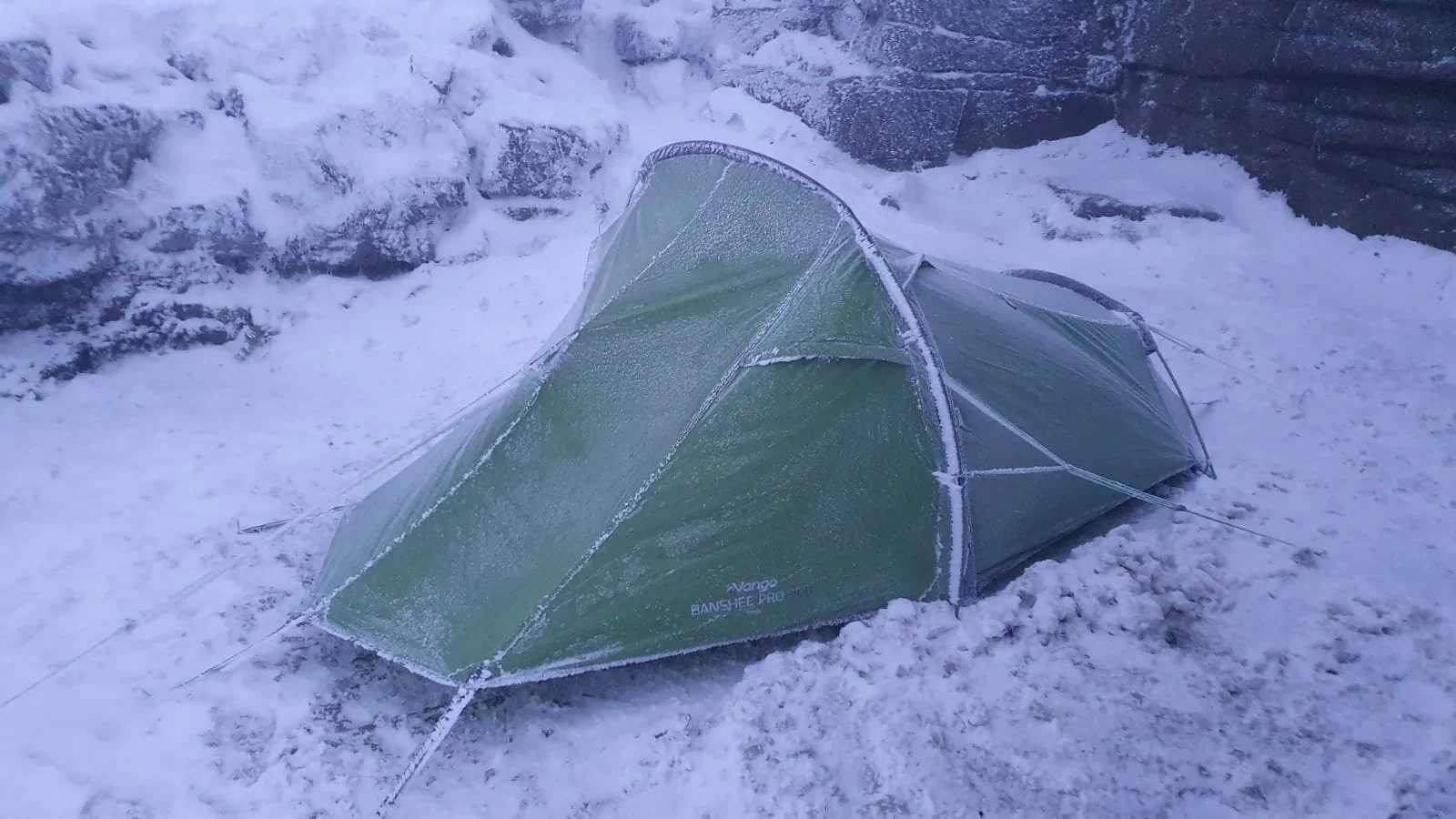







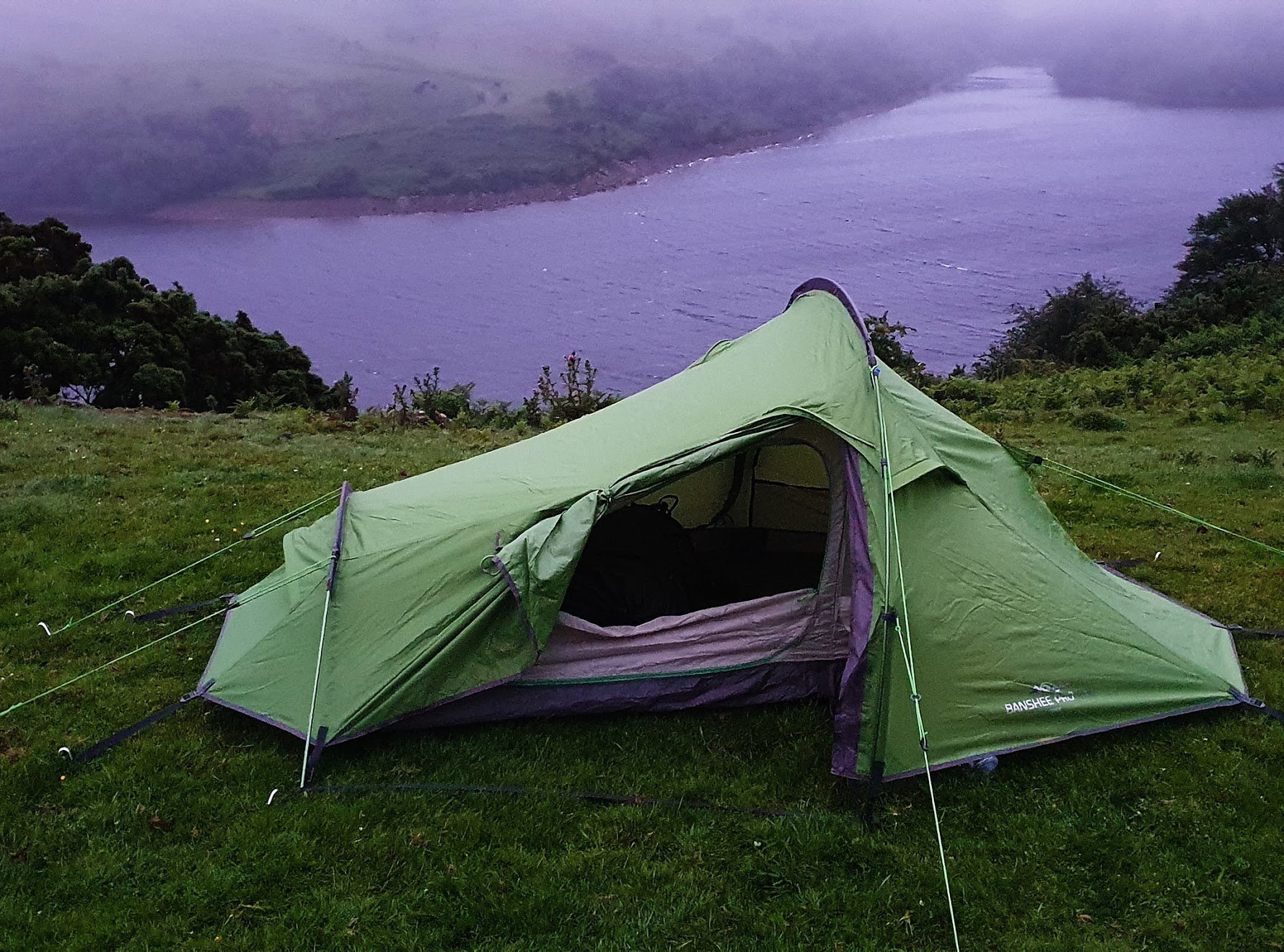

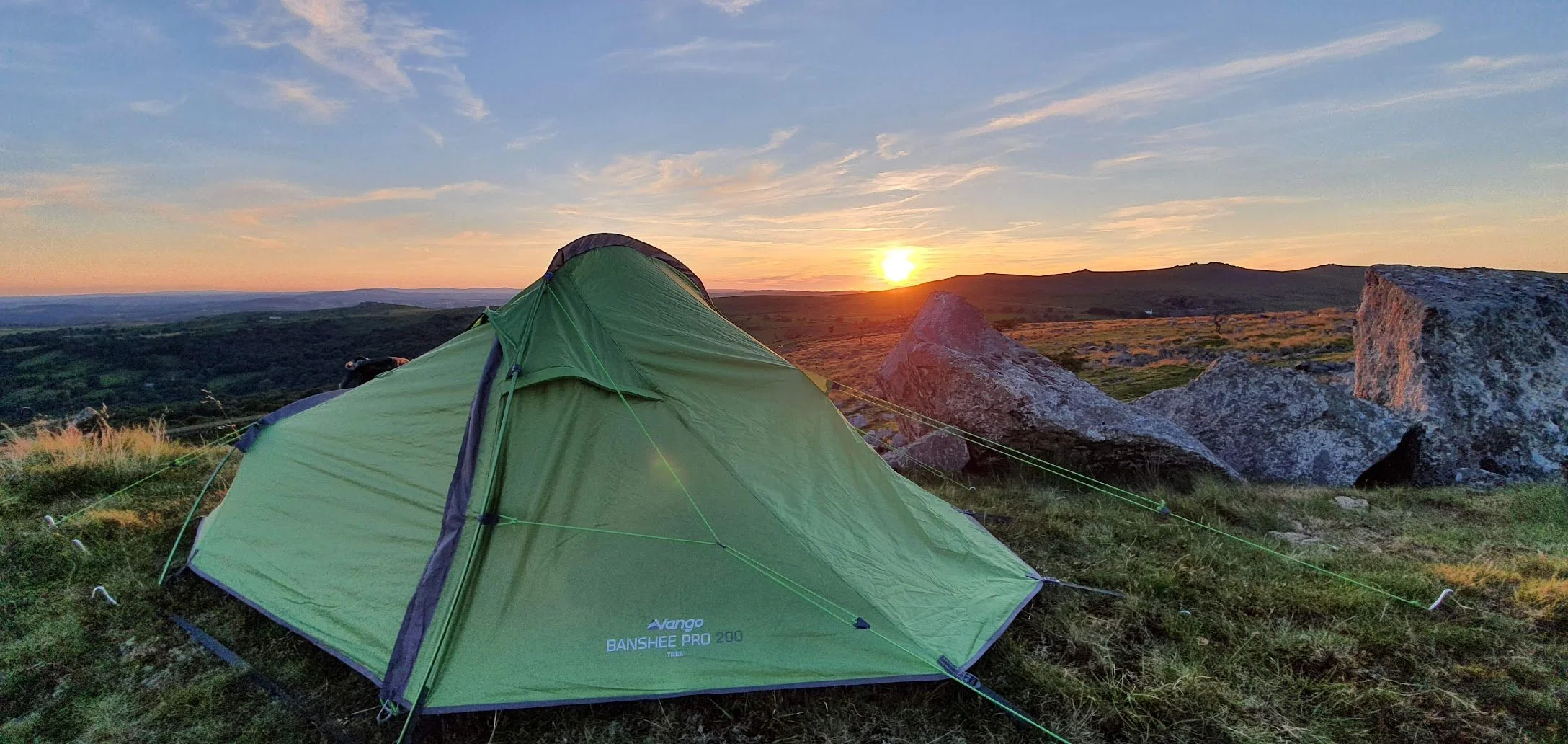




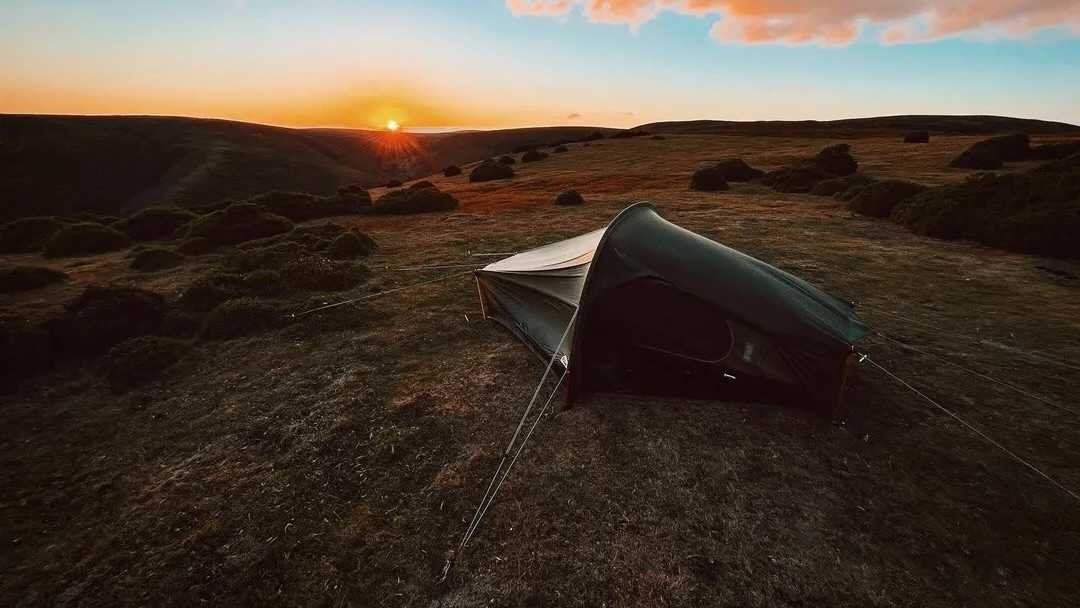



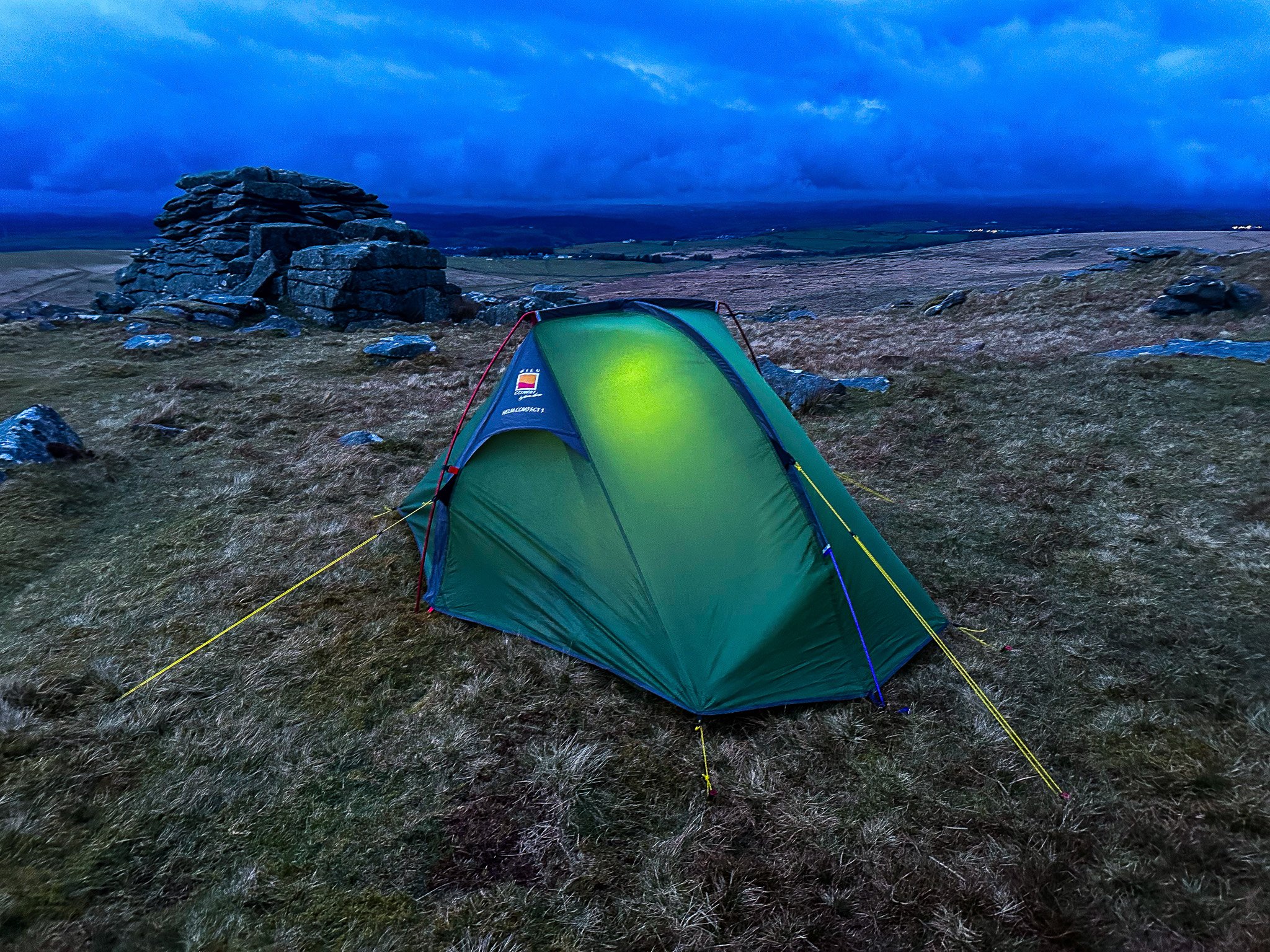


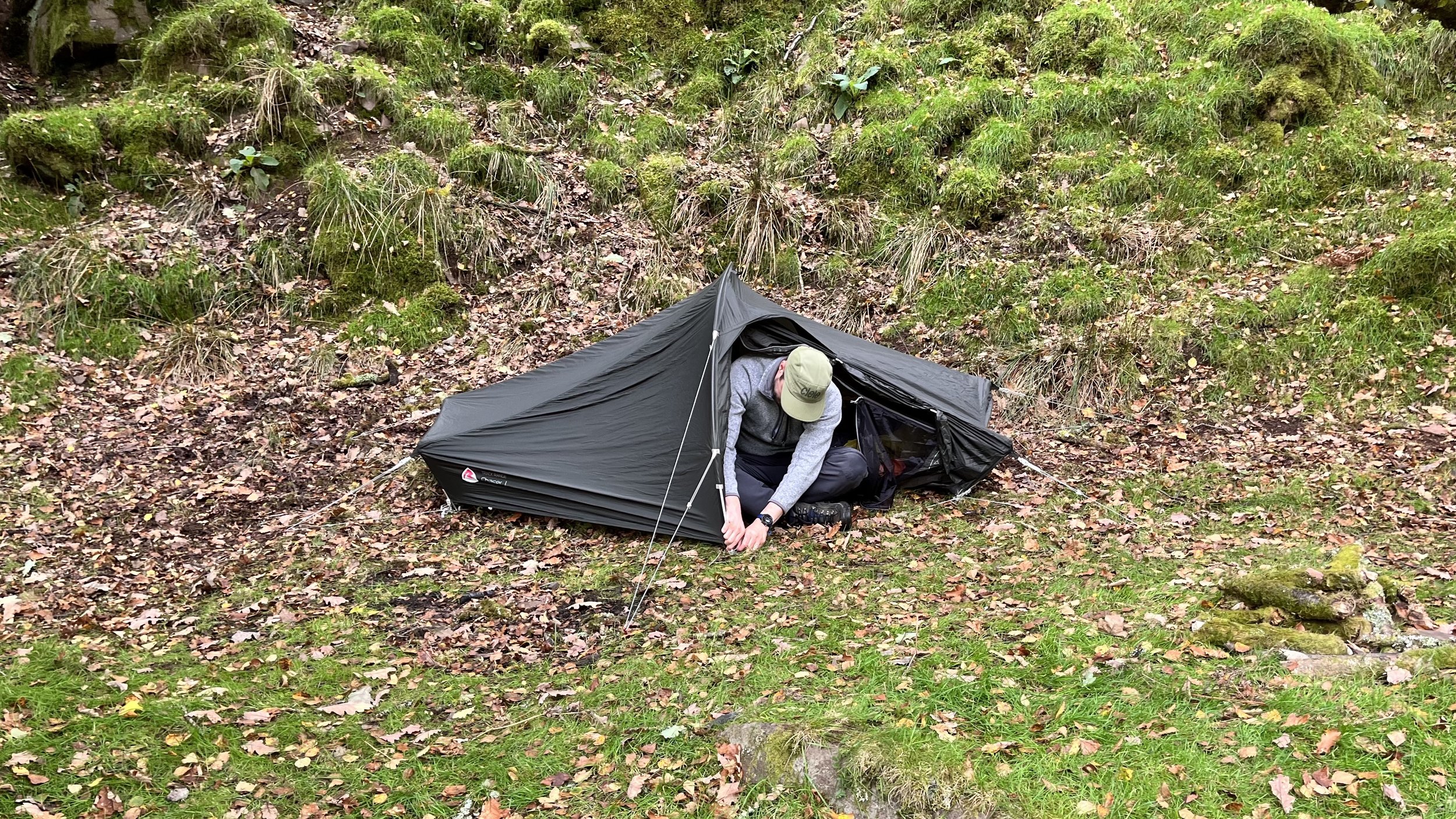

A lightweight, freestanding fortress for serious solo missions in the UK.